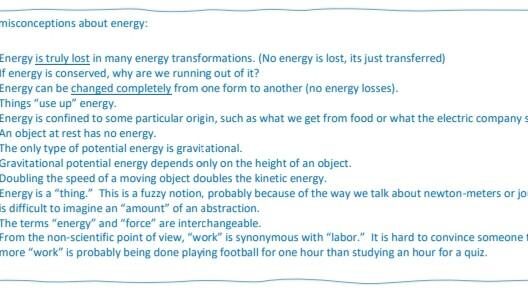In an era where climate change looms large, the question arises: what can we do at work to combat this global crisis? Have you ever considered how much energy your workplace consumes daily? The typical office environment, with its myriad of electronic devices and energy-intensive operations, can be a significant contributor to energy waste. By making conscious decisions about energy use, we can not only mitigate our carbon footprint but also promote a culture of sustainability within our organizations. Here are some easy steps to save energy and become more energy conservative at work.
1. Auditing Energy Use
The first step towards energy conservation is understanding your current energy consumption. Conduct an energy audit to identify areas where energy is being wasted. Tools and resources are available to assist in this process. Analyze electricity bills, and look for patterns in usage. This upfront investment of time will yield significant returns in the form of reduced energy costs and a more sustainable workplace.
2. Emphasizing Natural Light
Harvesting natural light is a simple yet effective strategy. Maximizing the use of daylight can significantly reduce reliance on artificial lighting. Arrange workstations near windows and encourage employees to utilize blinds and curtains. Implementing light-colored walls and reflective surfaces enhances the distribution of natural light, minimizing the need for additional electric lighting. During the day, why not turn off those ceiling lights, and let the sun do the work?
3. Implementing Smart Technology
Incorporating smart technology into the workplace can streamline energy management. Smart thermostats can be programmed to adjust temperatures based on occupancy and time of day. Additionally, using energy-efficient appliances and devices, such as LED lighting, results in substantial energy savings. Encourage employees to unplug devices when not in use or utilize smart power strips that cut power to devices in standby mode.
4. Promoting a Culture of Awareness
Creating an energy-conscious culture is essential for long-term success. Encourage employees to adopt sustainable practices through awareness campaigns, workshops, and training sessions. Post visible reminders about turning off lights and equipment when not in use. Consider initiating friendly competitions within departments to encourage energy-saving behaviors. Foster an environment where sustainability is celebrated, and employees feel a sense of ownership in the process.
5. Optimizing Heating and Cooling Systems
The heating and cooling systems are often the highest consumers of energy in a workplace. Regular maintenance is key to ensuring optimal performance. Schedule routine inspections, and consider upgrading to energy-efficient units. Establishing temperature control policies, such as setting thermostats to an appropriate temperature according to the season, can lead to significant energy reductions. A few degrees may not seem like much, but collectively, they can make a vast difference.
6. Encouraging Remote Work
In the wake of recent global events, remote work has gained popularity. Allowing employees to work from home reduces office energy consumption. Evaluate whether certain tasks can be performed remotely or on a flexible schedule. This approach not only lessens the energy burden of the office but also improves employee satisfaction and retention.
7. Utilizing Energy Dashboard Tools
Energy dashboard tools visualize energy consumption in real time. Employing these tools can enhance accountability and awareness among employees. With such insights, teams can adjust usage patterns to avoid peak hours and ultimately save on energy costs. Engaging staff with gamified energy-saving challenges can result in heightened interest and participation.
8. Reevaluating Office Layout
Consider the dynamics of your office layout. An open-plan space may foster collaboration, but it can also lead to an increase in energy consumption due to uncontrolled lighting and heating. Reassess the space by aligning it with energy efficiency principles. Creating designated zones can optimize heating and cooling, thereby reducing surplus energy usage. Moreover, having floors that utilize sunlight effectively can complement this strategy.
9. Opting for Energy-Efficient Resources
Whenever purchasing new items for the office, prioritize energy-efficient products. Look for the ENERGY STAR label or equivalent certifications when selecting electronics, appliances, and office supplies. These products often demonstrate significant energy savings without compromising functionality. An upfront investment may yield considerable savings in operational costs over time.
10. Baseline and Progress Monitoring
Establish baseline metrics for energy consumption in your workplace. Regularly monitor and assess progress regarding energy-saving initiatives. By tracking changes, teams can identify what strategies are effective and where improvements are needed. Set measurable goals for energy reduction and celebrate achievements as a team to reinforce commitment.
As we become increasingly aware of the pressing need for environmental stewardship, the workplace represents a microcosm of broader change. Energy conservation efforts at work not only contribute to reduced operational costs but also play a vital role in combating climate change. The power to influence a culture of sustainability rests within individuals and teams: will you rise to the challenge? The next time you flip a switch or unplug a device, reflect on the larger implications of that single action. Together, through collective responsibility and simple gestures, we can pave the path towards a sustainable future.








